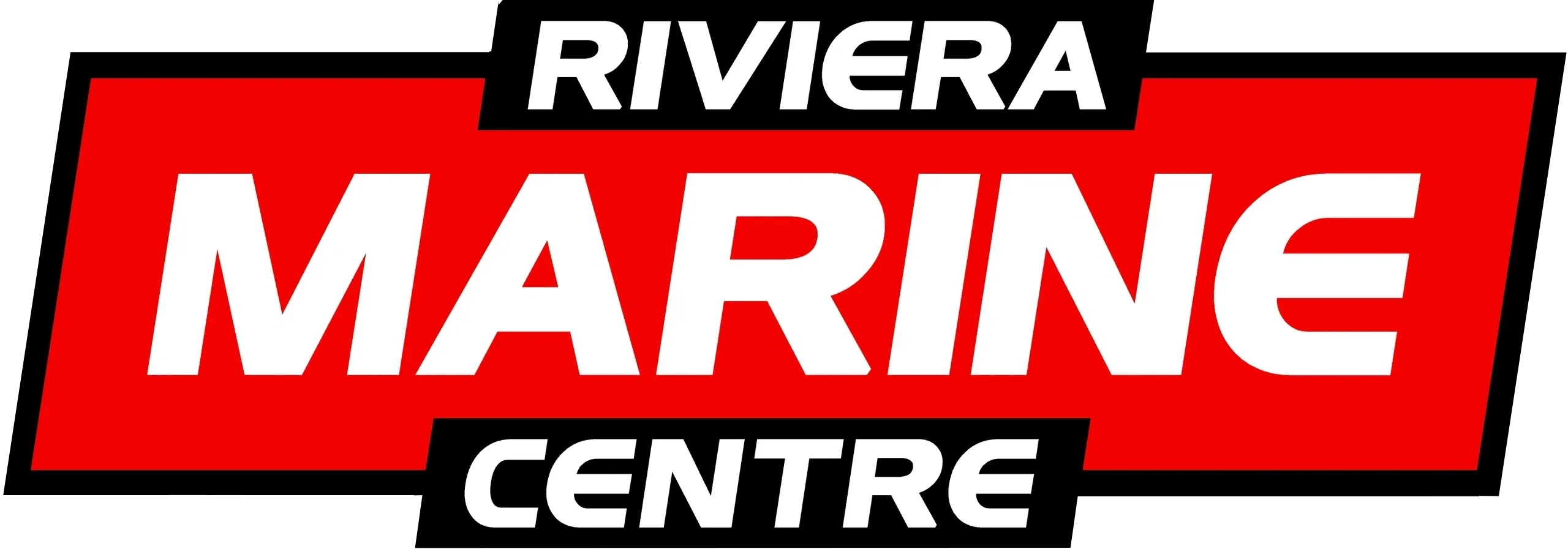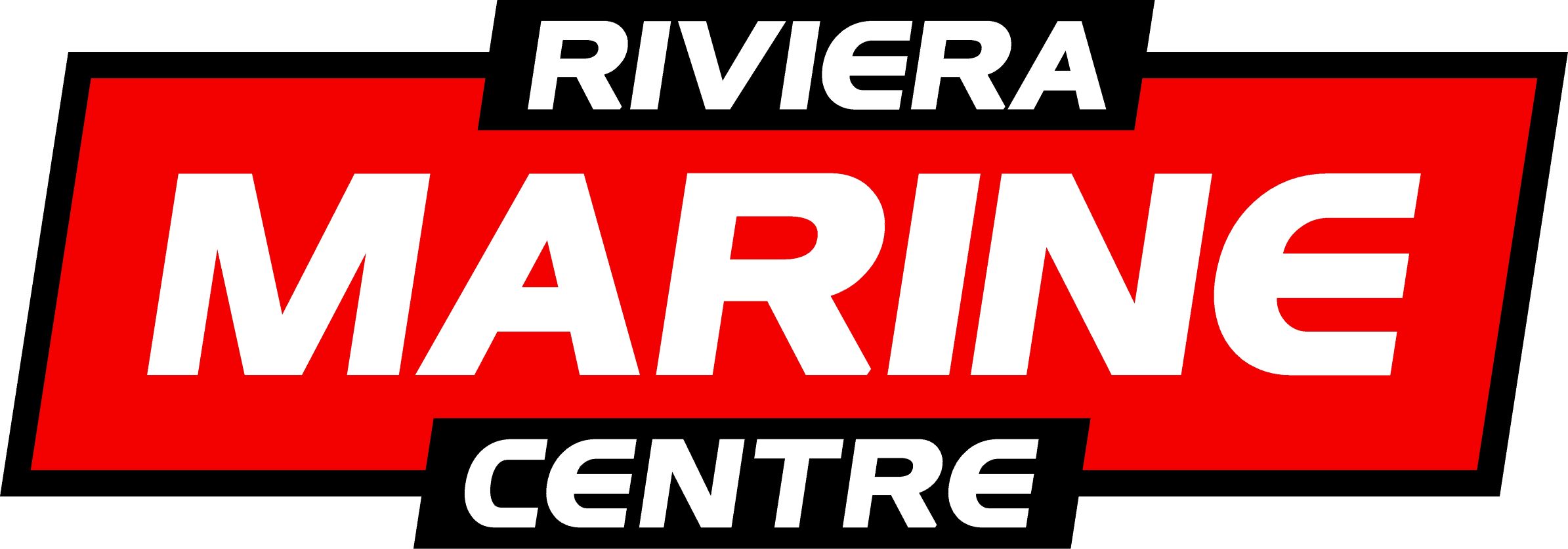
Why the Boat Steering Cable Is Crucial for Safe Navigation

Navigating the open waters is exciting and rewarding. But it needs careful attention to safety. The boat steering cable is key to a vessel's control and safety.
As seasoned Australian boaters, we know how vital precise control is. The boat steering cable is essential for this. It connects the helm to the engine, making steering smooth and easy.
In this article, we'll explore marine steering systems. We'll look at different types, the parts of modern systems, and how they've evolved. Our aim is to help you understand the boat steering cable's role in safe navigation.
Understanding Marine Steering Systems: A Comprehensive Overview
Navigating the open waters needs a reliable and quick steering system. The maritime world has seen big changes in steering systems. From simple manual setups to today's advanced tech, we'll look at what makes modern boat steering systems tick.
Types of Marine Steering Mechanisms
There are mainly three types of marine steering systems: outboard cables, hydraulic, and electric power-assisted steering. Each has its own benefits, fitting different needs from fun boating to serious work on the water. Knowing about these systems helps pick the best one for your boat, ensuring safe and smooth sailing.
Components of Modern Boat Steering Systems
The core of any marine steering system includes the helm, cables or hydraulic lines, and the steering actuator. These parts work together to make the boat move as the skipper wants. The quality of these parts is key to the boat's performance and safety.
Evolution of Marine Steering Technology
The marine world has seen a big leap in steering tech over time. We've moved from old manual systems to today's electronic controls. Boating lovers have enjoyed new features like autopilot, joystick controls, and digital displays. These advancements aim to make boating better and safer.
The Essential Role of the Boat Steering Cable in Maritime Safety
As avid boaters, we know how vital boat helm cables are for safety and stability. These cables are the heroes of our sea trips. They turn the helm's movements into precise control over our boat's direction and speed.
The boat steering cable connects the helm to the steering mechanism. It lets us sail through rough waters, tight turns, and strong currents with confidence. Without these cables, our boats would be hard to steer, lacking the control we need for safe sailing.
Whether we're in a busy harbour, exploring remote coasts, or on open water, these cables are our lifeline. They ensure our boat responds fast to our commands. Their smooth action lets us keep control and react quickly to changes, making them key to marine safety.
How Marine Control Cables Transfer Movement from Helm to Engine
Marine control cables are key to every boat's steering system. They send the skipper's commands from the helm to the engine. These cables are made to turn the force and motion at the wheel or throttle into exact changes in the boat's direction and speed.
Force Distribution Mechanics
The force is spread evenly along the cable length. When the helm is moved, the cable's parts work together. They send this force to the engine, making it move as needed. It's important to design and install the cable right to handle marine environments well.
Cable Response Time and Performance
The speed and accuracy of boat shift and rigging cables are vital for safe control. Our experts make sure these cables respond quickly. This is done through testing and using top-quality materials that last in tough conditions.
Installation Requirements for Optimal Function
Getting the marine control cables installed right is key. Our technicians follow strict rules. They make sure the cables are set up correctly, secured well, and adjusted precisely. This ensures the boat's steering and throttle work smoothly, giving the skipper confidence in handling the vessel.
Signs of Wear and Tear in Outboard Steering Cables
Keeping your boat's steering system in top shape is key for safe travel. The outboard steering cables are essential, linking the helm to the engine. Over time, these cables can wear out, and it's important to notice the signs.
Look out for fraying or cracks in the cable's outer layer. This can weaken the cable and cause it to fail. Also, if the cable feels stiff or binds, it might be worn out or corroded inside.
Rust on the cable's fittings is another warning sign. It can make the cable move less smoothly and weaken the connections. Strange noises like grinding or squeaking also mean it's time to check the cables.
It's vital to regularly check and maintain your boat's control cables, including the outboard steering cables. Spotting and fixing wear and tear early helps keep your boat's steering system safe and reliable.
Proper Maintenance Techniques for Boat Helm Cables
Keeping your boat's helm cables in good shape is key for safety and performance. Regular checks and care can make these parts last longer. This lets you sail with confidence. Here, we'll cover how to inspect, lubricate, and when to get professional help for your boat helm cables.
Routine Inspection Checklist
Start by looking at your boat helm cables for wear, damage, or rust. Check the connections at both ends, making sure they're tight and clear. Also, check the cable housing for cracks, kinks, or fraying, and look for rust or wear.
Lubrication and Care Guidelines
It's important to lubricate your boat helm cables regularly. Use a good marine-grade lubricant, spreading it evenly. Don't overdo it, as it can attract dirt. Clean off any extra lubricant to keep the cables working well.
When to Schedule Professional Maintenance
Even with regular checks and lubrication, sometimes your boat helm cables need a pro's touch. If you see big wear, damage, or your steering system isn't as sharp, get a marine technician's help. They can check your cables and suggest fixes to keep your boat safe and running well.
Common Issues with Throttle and Steering Cables
Boat owners know how vital throttle and steering cables are for safe and smooth sailing. But, these parts can face problems that need quick fixes. We'll look at common issues with boat tiller cables and throttle and steering cables. We'll also share solutions to keep your boat running well.
Cable wear and tear is a big problem. It can cause fraying, binding, or even breakage. This might happen due to weather, too much use, or not taking care of them right.
Another issue is cable stretching. This makes it hard to control the boat's speed and direction. It's a big problem for boat tiller cables, which are always exposed.
Corrosion is also a big issue. Saltwater and harsh marine environments can damage the cables. This is a big problem for boat tiller cables, which are always exposed.
But, many of these problems can be fixed with regular checks, maintenance, and quick repairs. By being proactive, boat owners can make sure their cables last longer. This makes boating safer and more fun.
Selecting the Right Boat Steering Cable for Your Vessel
Choosing the right boat steering cable is key to your boat's safety and performance. The right cable ensures your boat responds well to your commands, even in tough conditions. We'll look at what to consider when picking the best cable for your boat.
Cable Length and Diameter Considerations
The length and diameter of your steering cable are very important. They must match your boat's design and layout. The right length connects the helm and engine smoothly, for better control. The diameter should fit your boat's size and weight, for strength and durability.
Material Quality and Durability Factors
The sea can be tough, with saltwater, UV, and extreme temperatures harming boat parts. Choose a cable that resists corrosion and can handle the sea's challenges. Look for high-quality materials like stainless steel or synthetic fibres for long-lasting performance.
Compatibility with Different Boat Types
Not all steering cables fit all boats. It's important to pick one that matches your boat's size, engine, and steering. Talking to your boat's maker or a marine expert can help find the right cable for your boat.
Professional Installation vs DIY: What You Need to Know
When it comes to boat rigging cables and marine control cables, you have two choices. You can go for professional installation or try it yourself. The right choice depends on your skills, tools, and the task's complexity.
Professional installation brings the expertise needed for your boat's systems to work well. Technicians know how to route cables, set the right tension, and lubricate them. They also have special tools that most people can't afford.
For those who love DIY, installing cables yourself can be rewarding. You'll learn a lot about your boat's systems. This knowledge is great for future maintenance. Plus, doing it yourself can save money.
It's important to follow the manufacturer's instructions and safety guidelines, no matter your choice. Wrong installation can be dangerous. It can make your boat's steering and propulsion systems fail.
In the end, your decision depends on your skills, preferences, and the task's complexity. By choosing wisely, you'll keep your boat's systems safe and ready for fun on the water.
The Impact of Environmental Conditions on Marine Steering Components
As boat lovers in Australia, we understand the importance of our vessels' steering systems. They must handle the changing weather well. Saltwater corrosion and temperature changes can affect our marine steering cables and boat control cables.
Saltwater Effects on Cable Longevity
Saltwater is a big worry for Australian boaters. Seawater's minerals and corrosive nature can damage our cables quickly. To keep our cables safe, we need to maintain them regularly and use materials that resist saltwater.
Temperature and Weather Considerations
Australia's weather can also harm our steering systems. Heat, cold, and harsh weather can make parts expand, contract, and wear out. Choosing the right materials and installing them correctly is key to keeping our boats safe and responsive.
Safety Regulations and Compliance for Marine Control Systems
In Australia, keeping marine control systems safe and up to code is key. This includes boat steering cables and marine control cables. As boat owners, we must follow strict safety rules. This ensures our safety, our passengers', and our boats' while on the water.
The Australian Maritime Safety Authority (AMSA) makes sure these rules are followed. They check our boat's steering parts and set maintenance rules. We must stick to these to keep everyone safe.
Not following these rules can lead to big fines and even worse, danger to lives on board. By keeping up with maintenance, we can sail with peace of mind. We know our boats are safe and meet all the necessary standards.






